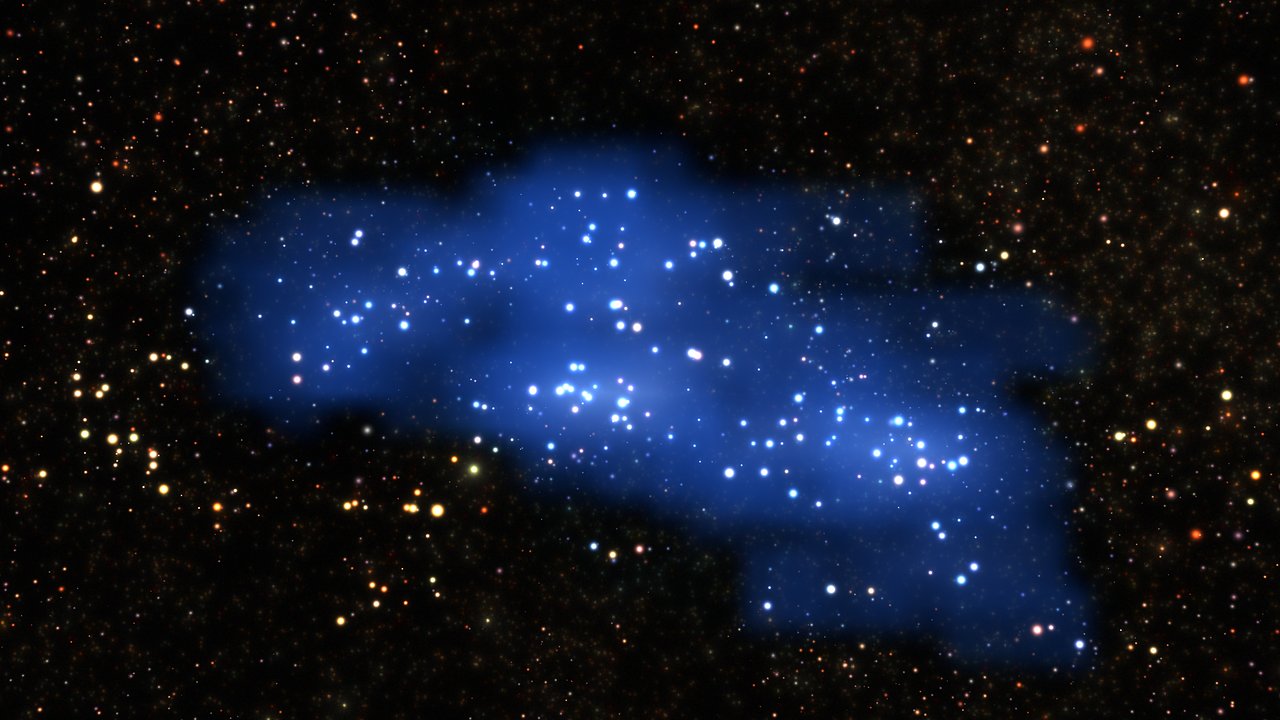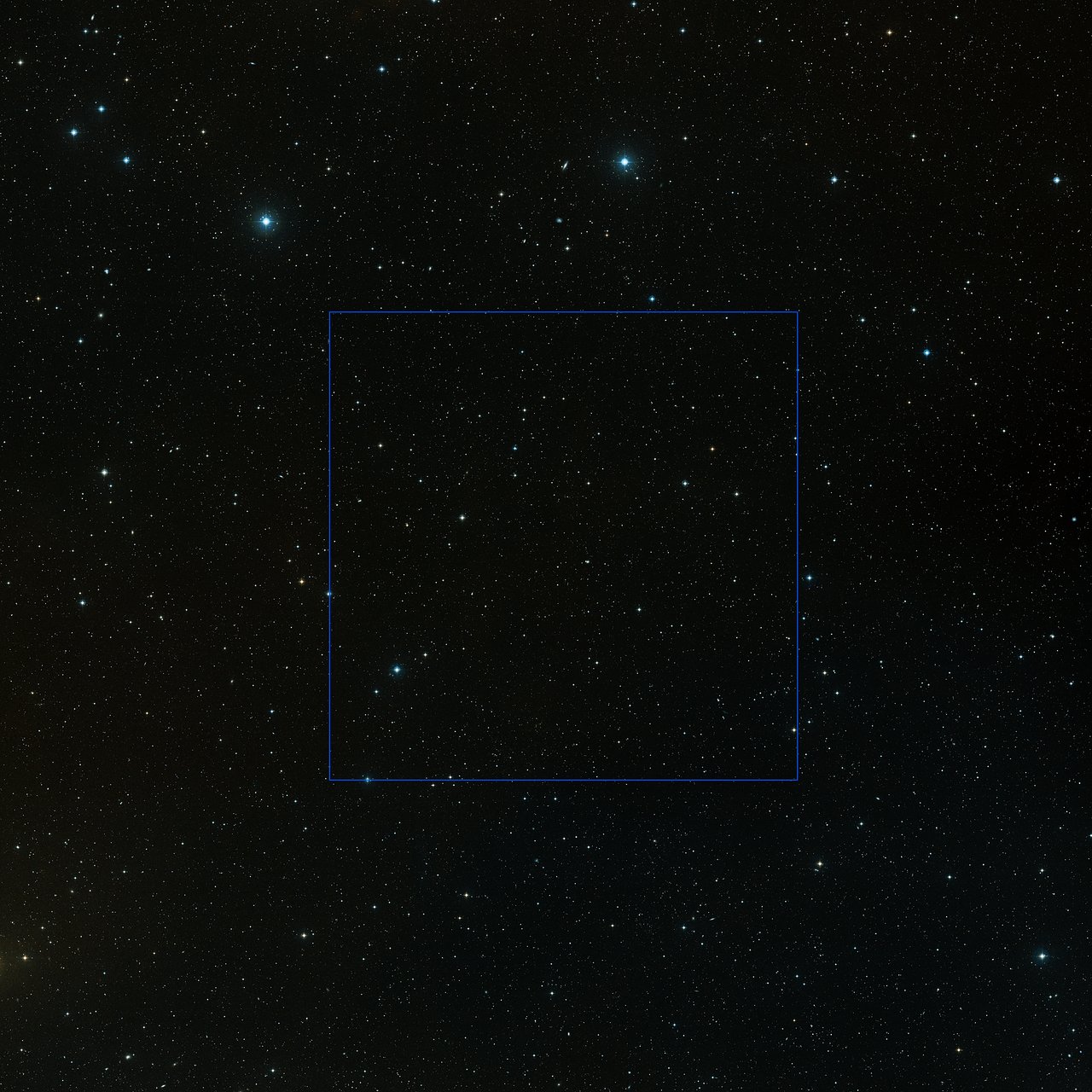Meet Hyperion: Colossal Supercluster in the Early Universe
Scientists recently uncovered the largest known structure of the ancient universe.
It's an object called a supercluster, which is not as foreign as it may sound. We reside in a supercluster, too. If space seems like a lonely place on dim nights, just remember that Earth is in the midst of plentiful galactic company. The sun's home, the Milky Way, is one galaxy out of many in its cosmic neighborhood. And the Milky Way galaxy is a member of a gathering of nearby galaxies called the Virgo supercluster, which is part of a larger supercluster called Laniakea (which translates to "immeasurable heavens" in Hawaiian).
These structures are typically found when scientists look at lower redshifts. In general, redshifts are a measure of how much an object's light has been stretched out as the object moves away from us. Astronomers use redshift to evaluate how long ago light left its source; because the universe is expanding, the less redshift that light shows, the later in the universe's history the light originally left its source.
Structures spotted at lower redshifts are cosmic contemporaries. But at higher redshifts, an object is determined to be much older.

An astronomical team led by Olga Cucciati from the National Institute of Astrophysics (INAF) in Bologna, Italy, found a massive supercluster from the early universe. This proto-supercluster, which Cucciati's team named "Hyperion," is "the largest and most massive structure yet found at such a remote time and distance — merely 2 billion years after the Big Bang," according to a statement published today (Oct. 17) by the European Southern Observatory (ESO).
The team found this gargantuan structure by analyzing existing data from the VIMOS instrument on ESO's Very Large Telescope in Chile and observations from the Canada-France-Hawaii Telescope on Hawaii's Big Island.
The team found that Hyperion has an enormous mass of 1 million billion times that of Earth's sun.
Get the Space.com Newsletter
Breaking space news, the latest updates on rocket launches, skywatching events and more!

"This is the first time that such a large structure has been identified at such a high redshift, just over 2 billion years after the Big Bang," Cucciati said in the statement. "Normally, these kinds of structures are known at lower redshifts, which means [they come from a time] when the universe has had much more time to evolve and construct such huge things. It was a surprise to see something this evolved when the universe was relatively young!"
Hyperion is located in the constellation Sextans (the sextant).
A paper detailing the study was published in the journal Astronomy & Astrophysics in September.
Follow Doris Elin Salazar on Twitter@salazar_elin. Follow us @Spacedotcom, Facebook and Google+. Original article on Space.com.
Join our Space Forums to keep talking space on the latest missions, night sky and more! And if you have a news tip, correction or comment, let us know at: community@space.com.

Doris is a science journalist and Space.com contributor. She received a B.A. in Sociology and Communications at Fordham University in New York City. Her first work was published in collaboration with London Mining Network, where her love of science writing was born. Her passion for astronomy started as a kid when she helped her sister build a model solar system in the Bronx. She got her first shot at astronomy writing as a Space.com editorial intern and continues to write about all things cosmic for the website. Doris has also written about microscopic plant life for Scientific American’s website and about whale calls for their print magazine. She has also written about ancient humans for Inverse, with stories ranging from how to recreate Pompeii’s cuisine to how to map the Polynesian expansion through genomics. She currently shares her home with two rabbits. Follow her on twitter at @salazar_elin.








